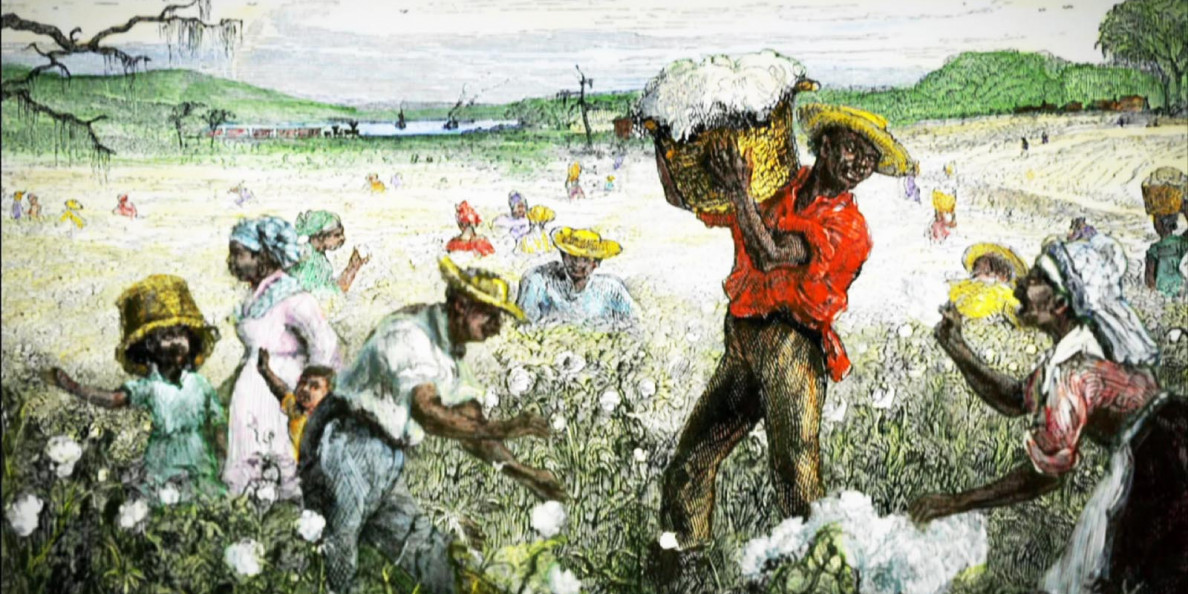USDA forecasts 18.4 million bales of U.S. cotton.
John Robinson
USDA’s old crop cotton supply and demand projections did not involve major adjustments in March. This is not unusual. According to the calendar, they should be finalizing any production questions related to the 2018 crop.
There is sometimes a discrepancy between USDA-measured ginnings and USDA-measured cotton production. But this year there isn’t much of a discrepancy, so I don’t expect anything more than minor tinkering with USDA’s forecast of an 18.4 million bale U.S. crop.
USDA also left projected U.S. cotton exports unchanged at 15.0 million bales. Perhaps USDA is waiting like the rest of us for a near term resolution of the U.S.-China trade dispute before making any bold adjustments to the export projections.
At any rate, the March World Agricultural Supply and Demand Estimates(WASDE) reflected no change to any of the numbers in the 2018/19 U.S. cotton balance sheet. This report, therefore, had price neutral implications.
The March WASDE showed a modest 590,000 bale increase in old crop world cotton ending stocks, month-over-month. This was mostly driven by increases in projected production in Brazil (+350,000 bales) and Pakistan (+200,000 bales) which outweighed 100,000 and 40,000 bale reductions in Australia and Central Asia, respectively.
There were other minor adjustments to the foreign trade categories and foreign consumption (e.g., 50,000 fewer bales in Indonesia). Again, the implications were mainly price neutral.
The attention of analysts, farmers, and traders is turning more to the new crop outlook. A major question is how regional soil moisture conditions will either facilitate or prevent the planting of intended row crops.
Πηγή: farmprogress.com


